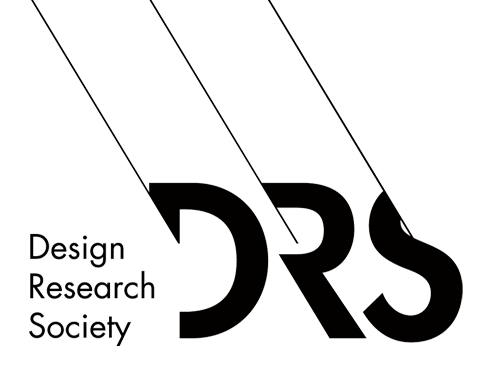Abstract
Design work today is often found situated in multifaceted, interdisciplinary projects that attempt to address real world issues. Designers are useful in this pursuit as they act as agents who seek ways to use data to connect, synthesize, visualize, and interpret such issues in ways that are not as bound to disciplinary structures. As a counterpoint to the solution-centric, rationalist approach to design where the responsibility of the designer lies primarily in service to the development of well-rehearsed forms that manifest an implied underlying truth to data as given, this paper takes the position of recentering the experience and situatedness of designers, collaborators, and data through project outcomes that incorporate additional models of interpretation. Designers can humanize the experience of both seeking solutions and offering them in a way that foregrounds experience and the myriad forms of interpretation. Drawing from theory on the critical hermeneutics of design, I explore how designers have fostered and practiced models of interpretation, using historical and contemporary examples of designing with data, as text, to show the benefits of work that raises such models of interpretation, not necessarily in opposition, but as equal to solution-based practice. In particular, I emphasize co-creativity, openness, play, and experience as components of such an approach to design work that lends itself to innovative poetic forms that lead to action. I conclude with an example of how I am applying interpretive design to new community driven interdisciplinary projects that seek social and environmental justice through data literacy and data justice.
Keywords
co-design; critical hermeneutics; data justice; design methods; design process; humanist; interpretation
DOI
http://doi.org/10.21606/eksig2025.112
Citation
Lahoda, K.(2025) Situated Truths: Models of Interpretation in Designing with Data, in Karyda, M., Çay, D., Bakk, Á. K., Dezső, R., Hemmings, J. (eds.), Data as Experiential Knowledge and Embodied Processes, 12-13 May, Budapest, Hungary. https://doi.org/10.21606/eksig2025.112
Creative Commons License

This work is licensed under a Creative Commons Attribution-NonCommercial 4.0 International License
Situated Truths: Models of Interpretation in Designing with Data
Design work today is often found situated in multifaceted, interdisciplinary projects that attempt to address real world issues. Designers are useful in this pursuit as they act as agents who seek ways to use data to connect, synthesize, visualize, and interpret such issues in ways that are not as bound to disciplinary structures. As a counterpoint to the solution-centric, rationalist approach to design where the responsibility of the designer lies primarily in service to the development of well-rehearsed forms that manifest an implied underlying truth to data as given, this paper takes the position of recentering the experience and situatedness of designers, collaborators, and data through project outcomes that incorporate additional models of interpretation. Designers can humanize the experience of both seeking solutions and offering them in a way that foregrounds experience and the myriad forms of interpretation. Drawing from theory on the critical hermeneutics of design, I explore how designers have fostered and practiced models of interpretation, using historical and contemporary examples of designing with data, as text, to show the benefits of work that raises such models of interpretation, not necessarily in opposition, but as equal to solution-based practice. In particular, I emphasize co-creativity, openness, play, and experience as components of such an approach to design work that lends itself to innovative poetic forms that lead to action. I conclude with an example of how I am applying interpretive design to new community driven interdisciplinary projects that seek social and environmental justice through data literacy and data justice.

